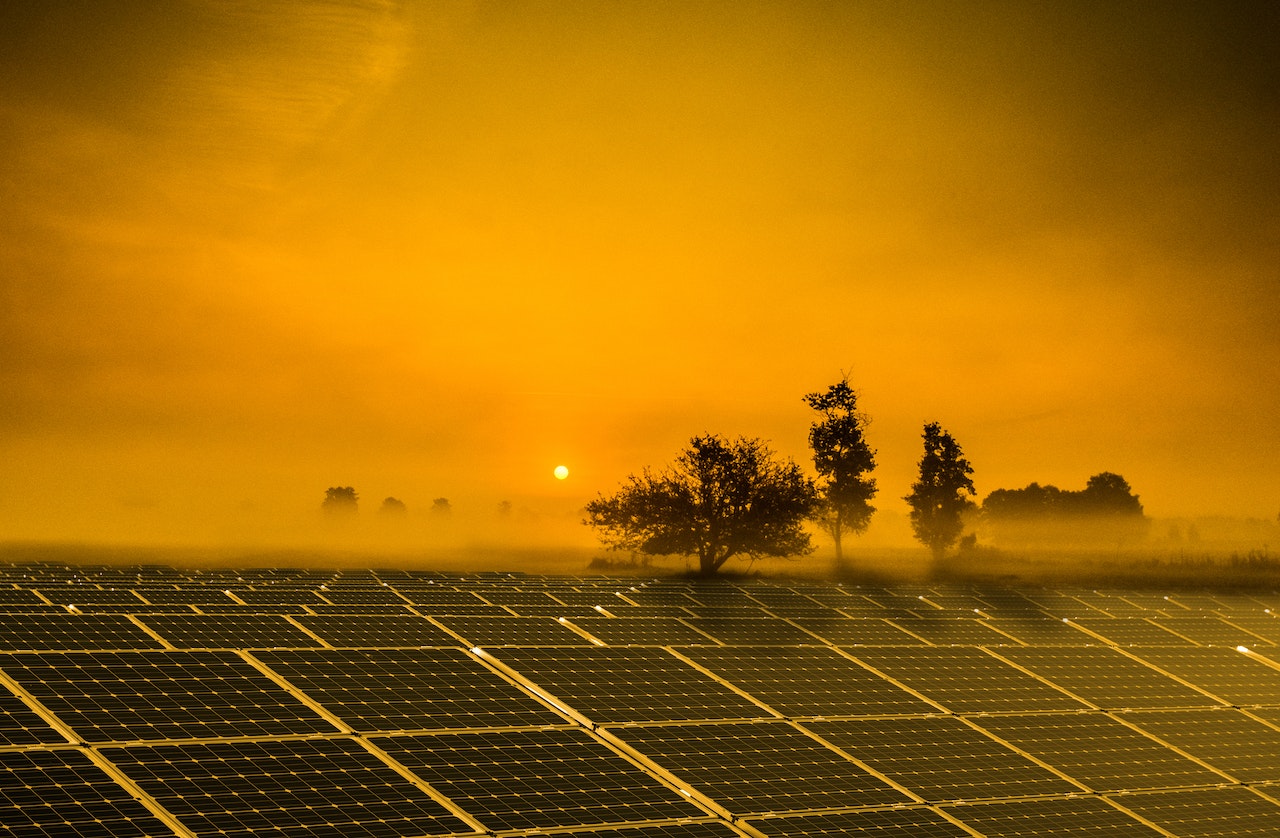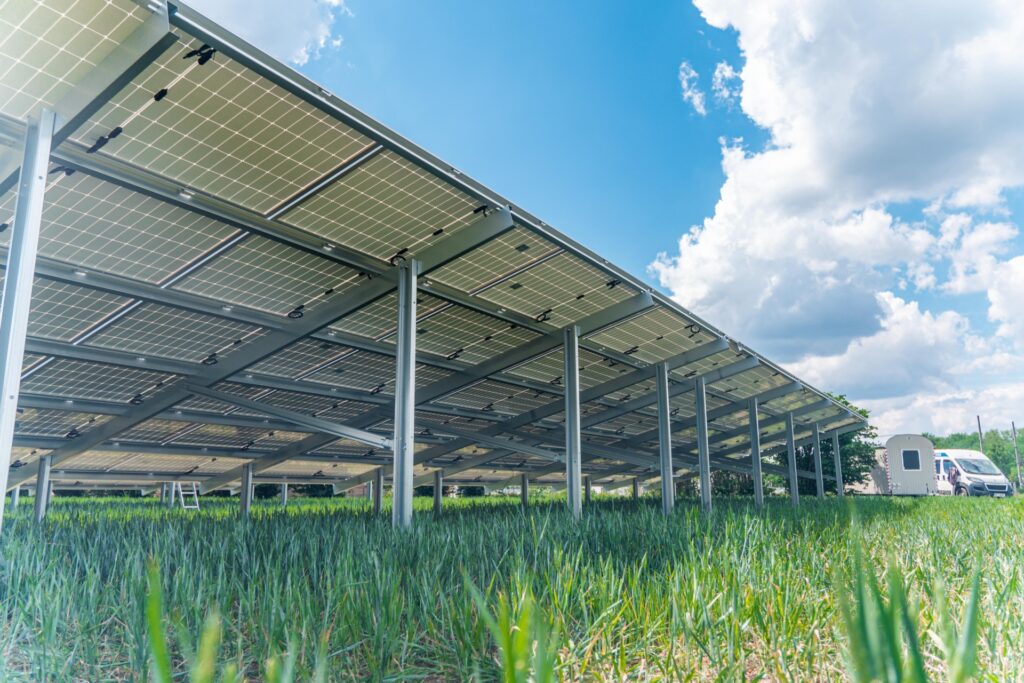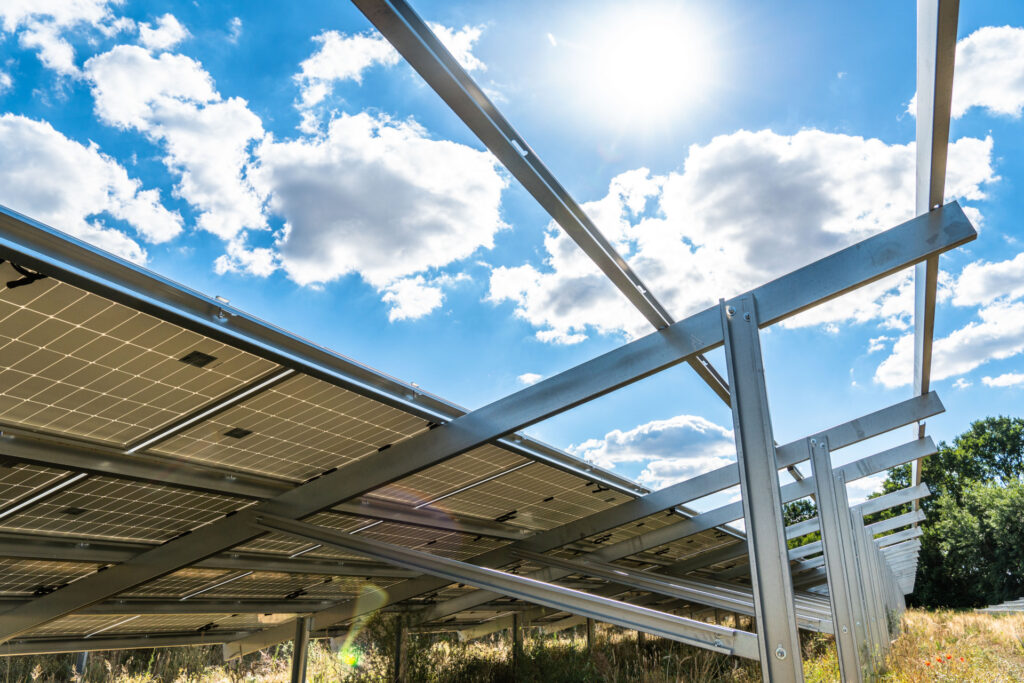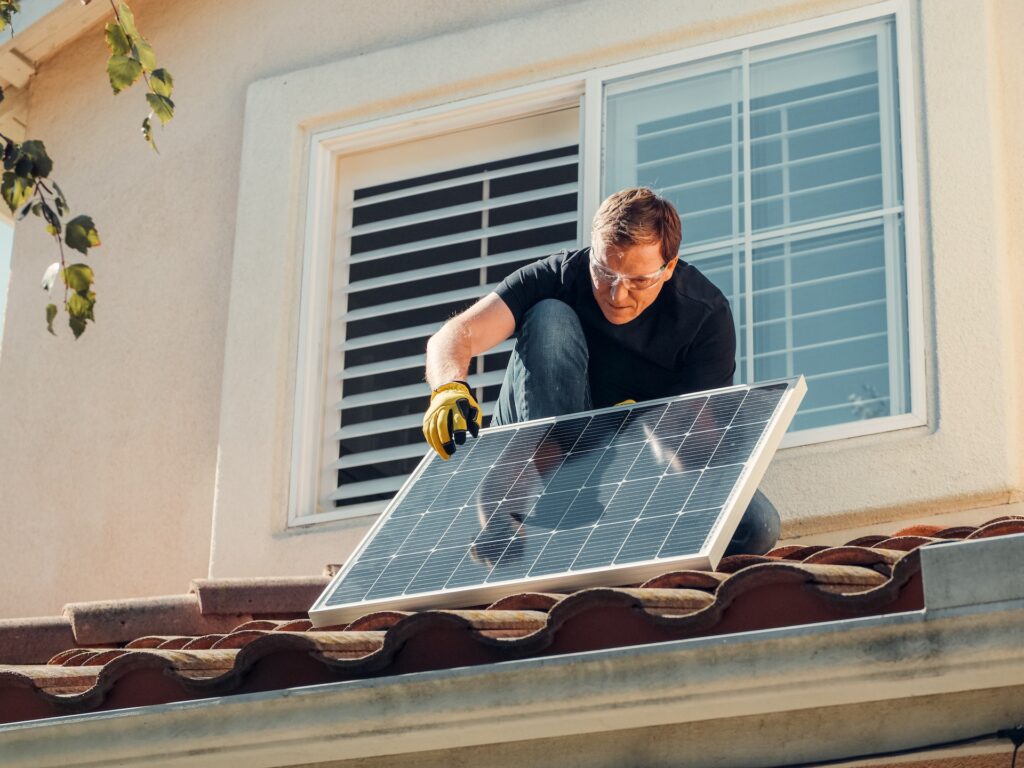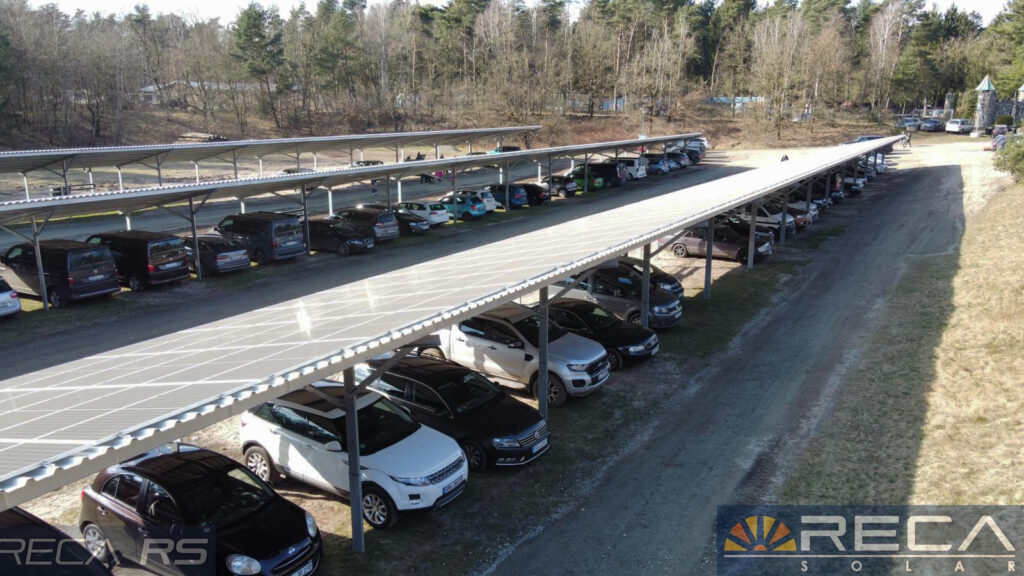Is it Worth Building Ground-Mounted Photovoltaic Systems? Advantages and Disadvantages of this Solution
Photovoltaics today has many different faces. In the private sector, the most popular solution is mounting modules on the roof. However, when it comes to building a solar park, it’s always about ground-mounted systems. This is also very often used nowadays when building systems for company use. Why are ground-mounted photovoltaic systems a good choice?
Ground-Mounted System Means Flexible Positioning
For the efficiency of a PV system, the positioning of the modules is crucial. Three aspects are important here:
- Avoidance of shading – the more sunlight that reaches the photovoltaic cells, the more efficiently they work. If other buildings or a tall tree cast shadows on the roof, the problem may be unsolvable. An alternative then is a ground-mounted system, which can be erected at any desired location. A site is chosen that is not covered by shadows at any time of the day.
- Correct orientation – the roof construction usually determines the orientation of the photovoltaic modules. This is not always optimal. In contrast, ground-mounted photovoltaic systems can be freely positioned and oriented in the direction that ensures the most efficient energy generation.
- Inclination – the optimal tilt angle of a PV system depends on many factors. While the tilt angle is basically arbitrary for flat roofs, this may no longer be possible for pitched roofs under certain circumstances. The ground-mounted photovoltaic systems offer great flexibility in terms of inclination, firstly due to the flat surface, and secondly due to the greater distance between the system and the ground.
Larger Area for Free-Standing Systems
With free-standing systems, photovoltaics offer greater possibilities in terms of the amount of electricity generated. This is because more modules can be used on the ground than on a roof. The roof area is limited, as is its load-bearing capacity. In contrast, even multi-row systems are placed on open areas. Micro-PV systems usually don’t need that much space, but companies often already have a significantly higher energy demand. When building a solar park, it’s basically always about the construction of ground-mounted systems. Solar parks in the West Pomerania region, as well as in other regions of Poland, are profit-oriented investments. The focus here is therefore on space saving.
Effective Ground-Mounted Photovoltaic Systems
The claim that ground-mounted photovoltaic systems contribute to the efficiency of the system is controversial. So let’s look at the facts. First of all, the question already discussed above must be mentioned, namely the possibility of installing more modules on a given area than would be possible when mounting the modules on a roof. But that’s not all. With the increasingly popular ground-mounted system, the photovoltaic system can work more efficiently because a single module generates more energy. Our ground-mounted systems make it possible to install bifacial modules and fully exploit their potential. This is more difficult with roof systems, as the distance between the module and the roof is small and the module cannot be arranged at a sufficiently large tilt angle.
Moreover, ground-mounted photovoltaic systems are often so-called triangles. Here’s an example of a product from this category – https://reca-unterkonstruktion.de/pv-systeme/reca-rs-8/. These are double mounting systems that allow individual modules to be oriented in different directions, so that energy can be efficiently produced throughout the day regardless of the current position of the sun.
Easy Cleaning and Maintenance of Ground-Mounted Systems
For a photovoltaic system to remain highly efficient, it must be properly maintained. The modules must be cleaned regularly and serviced at regular intervals. The ground-mounted photovoltaic systems make it much easier to carry out these tasks. After all, you don’t have to climb onto the roof to perform a simple cleaning of the modules.
Ground-Mounted Systems – Higher Installation Costs
Above, we have listed a number of advantages of ground-mounted photovoltaic systems. But do they also have disadvantages? One of the main drawbacks of installing a ground-mounted system is considered to be higher investment costs. The ground-mounted system is larger than the roof system, so more material must be used, which increases the price. Additionally, the installation itself sometimes requires more work. This is because the supports need to be driven or concreted deep into the ground. On the other hand, a complex roof structure can also make the installation work more difficult for employees and cause many challenges. Moreover, as mentioned earlier, profit-oriented solar systems in Western Pomerania are exclusively ground-mounted systems, which clearly demonstrates the profitability of this solution.
Ground-Mounted Systems – Risks
Another argument of opponents of free-standing systems is that they are more susceptible to damage. Compared to roof systems, they are located lower, so theoretically, the risk of mechanical damage from falling branches or wind-carried objects is greater. One must also be careful of animals. Another danger is snow, whose thick layers can reach the system. Not to be forgotten are vandals and thieves, who can more easily gain access to the modules anchored in the ground than those fixed on the roof.
The above-mentioned risks are facts, but they can be counteracted. Firstly, it is advisable to use ground-mounted systems that allow modules to be installed at a great distance from the ground. We also recommend fencing the area of the PV system. Even the choice of location can prevent many mishaps. For example, it is not advisable to build the system near old trees, as these may fall or lose branches.
When comparing the advantages and disadvantages of ground-mounted systems, one can easily conclude that they are generally a good solution. High-quality and properly constructed ground-mounted photovoltaic systems stand for high efficiency and long-term durability.
